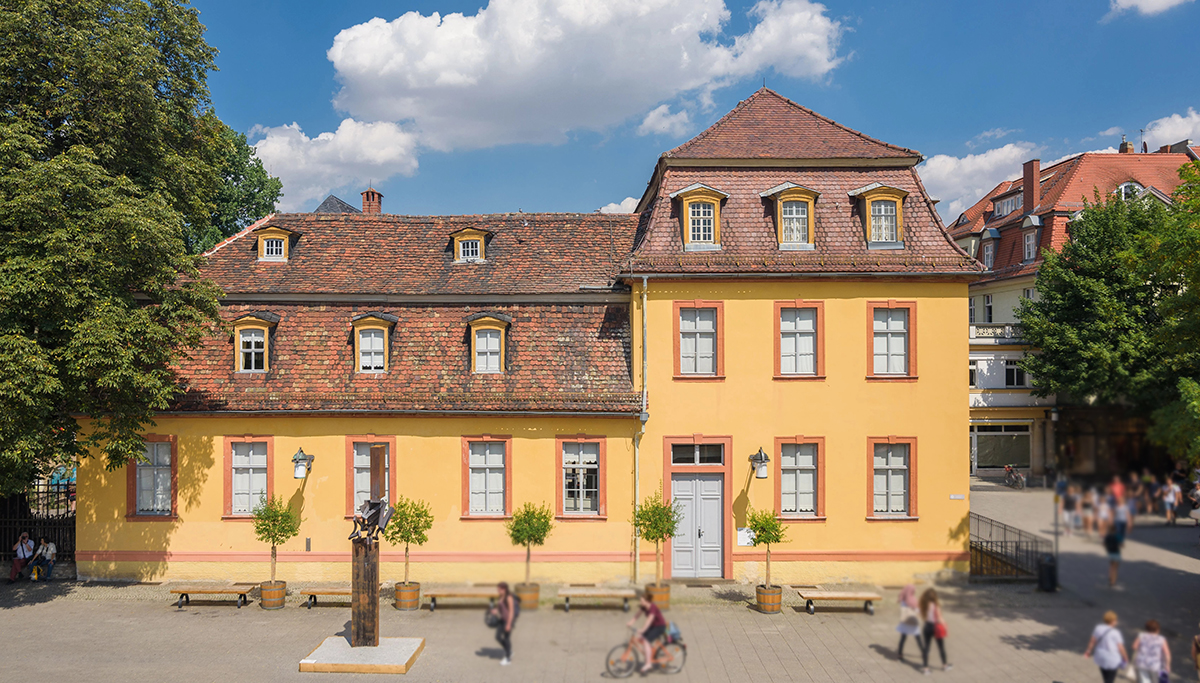Platz der Demokratie (Fürstenplatz) Weimar
Audio Guide Platz der Demokratie (Fürstenplatz)
Platz der Demokratie, formerly known as Fürstenplatz, is a central square in Weimar, Germany. This square holds a rich history and is a testament to the city's transformation over the years. Let's explore intriguing facts and historical narratives associated with this remarkable place:
The renaming of the square from Fürstenplatz to Platz der Demokratie in 1945 reflects profound historical changes that Weimar underwent. This transformation marks a significant moment in the city's history, as the square was renamed in honor of the Weimar Republic, a democratic government that played a crucial role in shaping Germany's political landscape.
Platz der Demokratie is a home to a splendid collection of architectural masterpieces. One of the most prominent structures is the Rathaus, the municipal building of Weimar, built in 1841. The Rathaus serves as an outstanding example of classical architecture, reflecting the aesthetics of its time. Its clean lines, harmonious design, and historical significance make it a must-visit for architecture enthusiasts.
The Weimar Republic, in whose honor the square was renamed, represents a pivotal phase in Germany's history. It emerged after World War I and witnessed significant political and cultural changes. Weimar was its first capital, and during this period, the city became a hub of intellectual and artistic innovations, often referred to as the "Weimar Renaissance." Many notable figures, such as Walter Gropius, a great architect and founder of the Bauhaus School, were associated with Weimar during this time.
Platz der Demokratie is not just a square but a historical crossroads where the legacy of Weimar's artistic, intellectual, and political past meets the vibrant present. It stands as a symbol of democracy and a testament to the city's contributions to culture, art, and architecture.
Other sights
-
Albert Schweitzer Denkmal

-
Altenburg (Franz Liszt)

-
Atrium & ehemaliges Gauforum
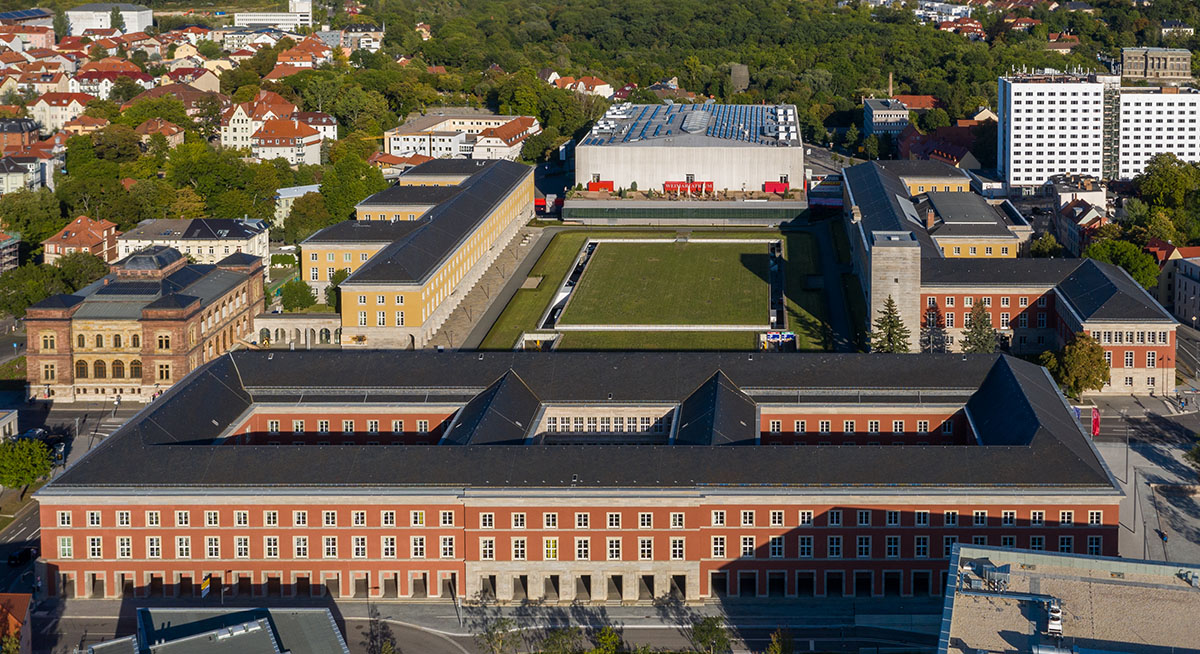
-
Bauhaus Universität (Henry van de Velde)
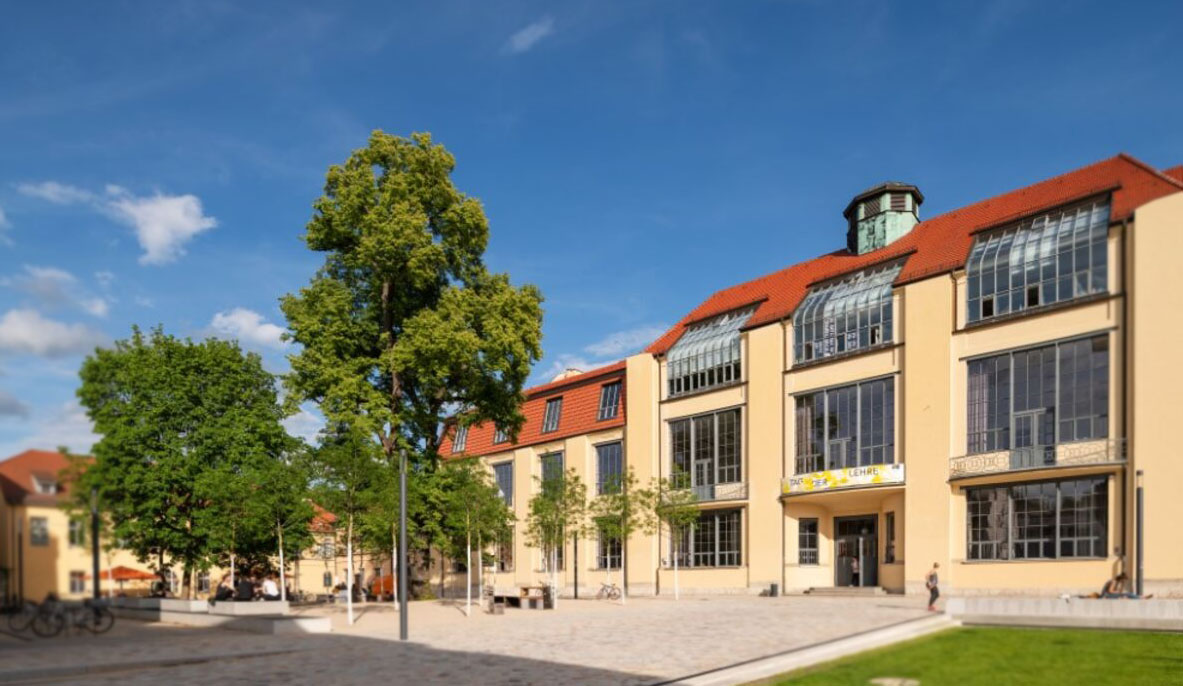
-
Bauhaus: Haus am Horn
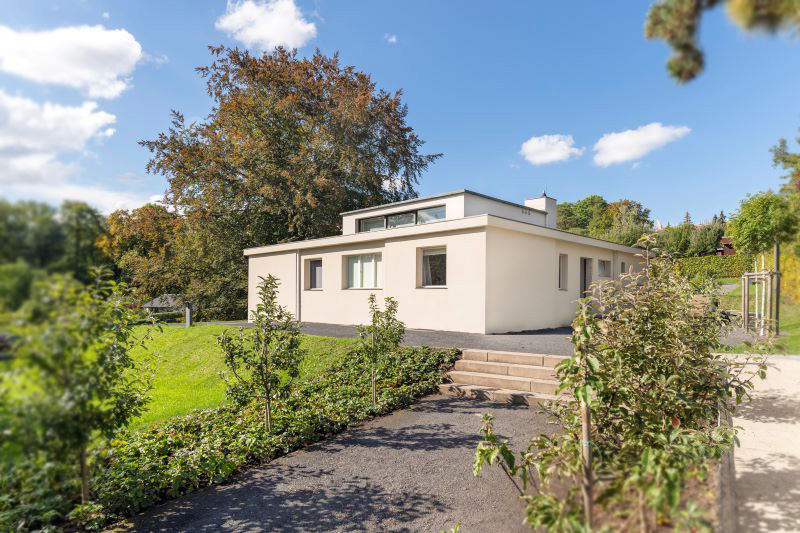
-
Carl Heinrich Ferdinand Streichhan-Kaserne
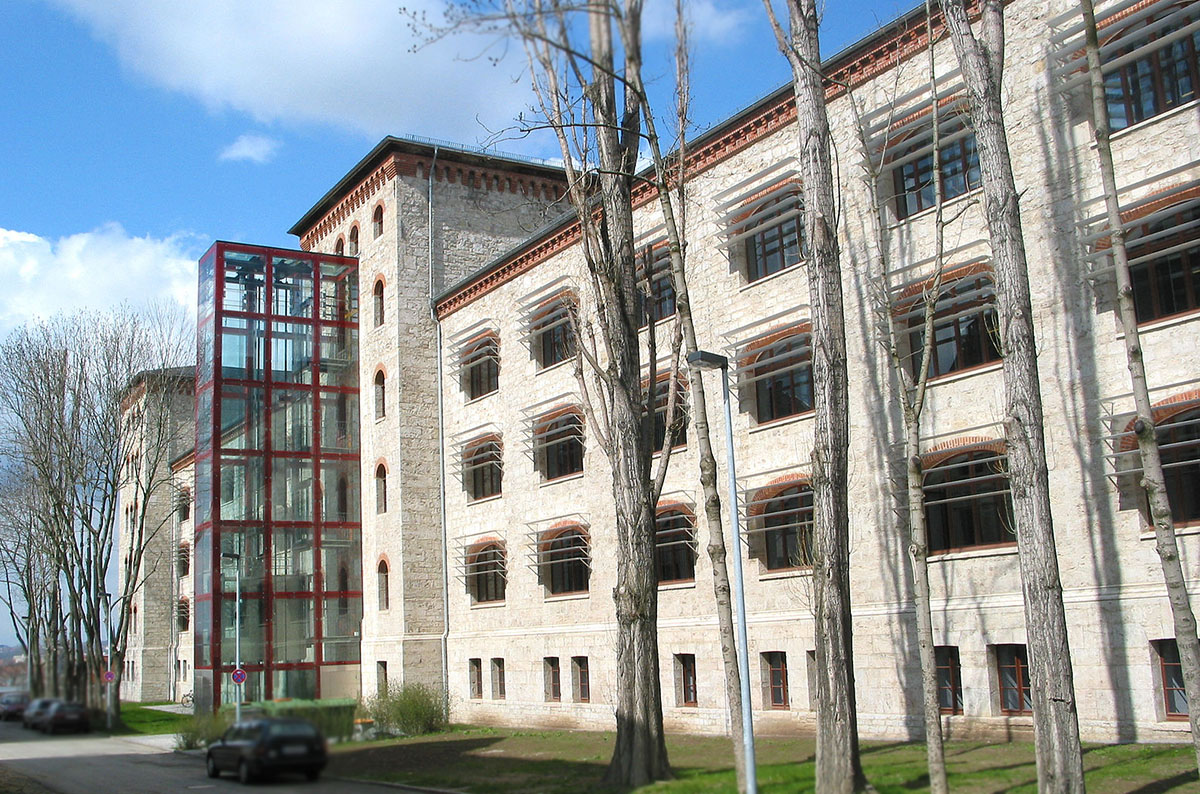
-
Cranachhaus
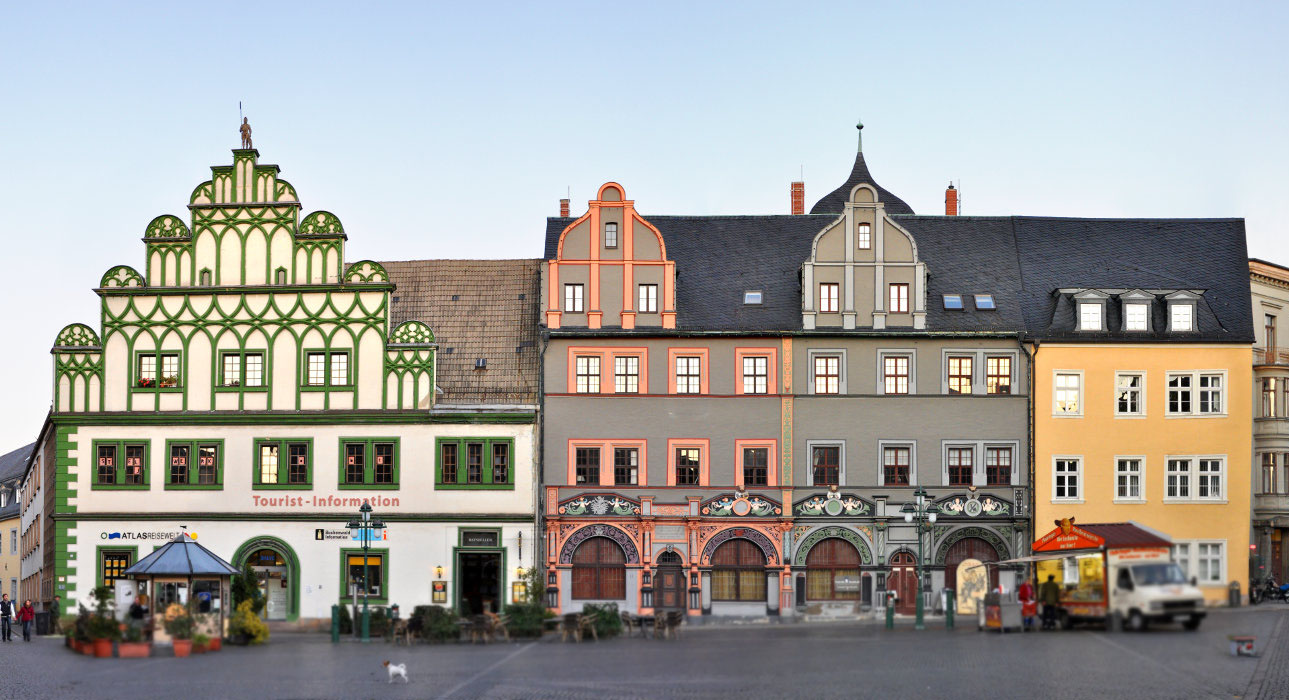
-
Denkmal Nepomuk Hummel

-
Denkmal Nepomuk Hummel und katholische Kirche
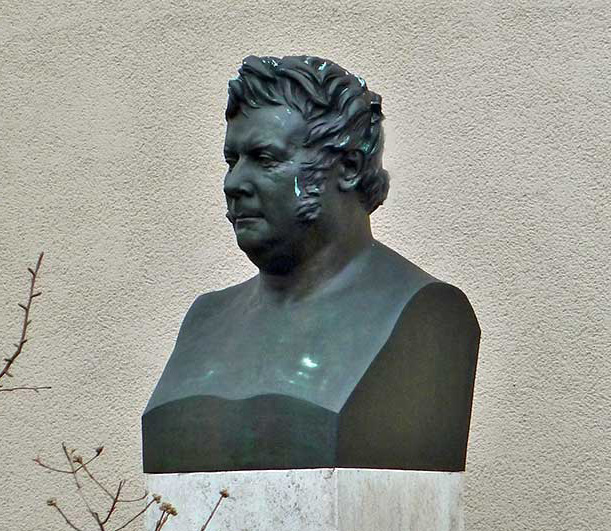
-
Deutsches Nationaltheater Goethe & Schiller Denkmal

-
Ginkgobaum
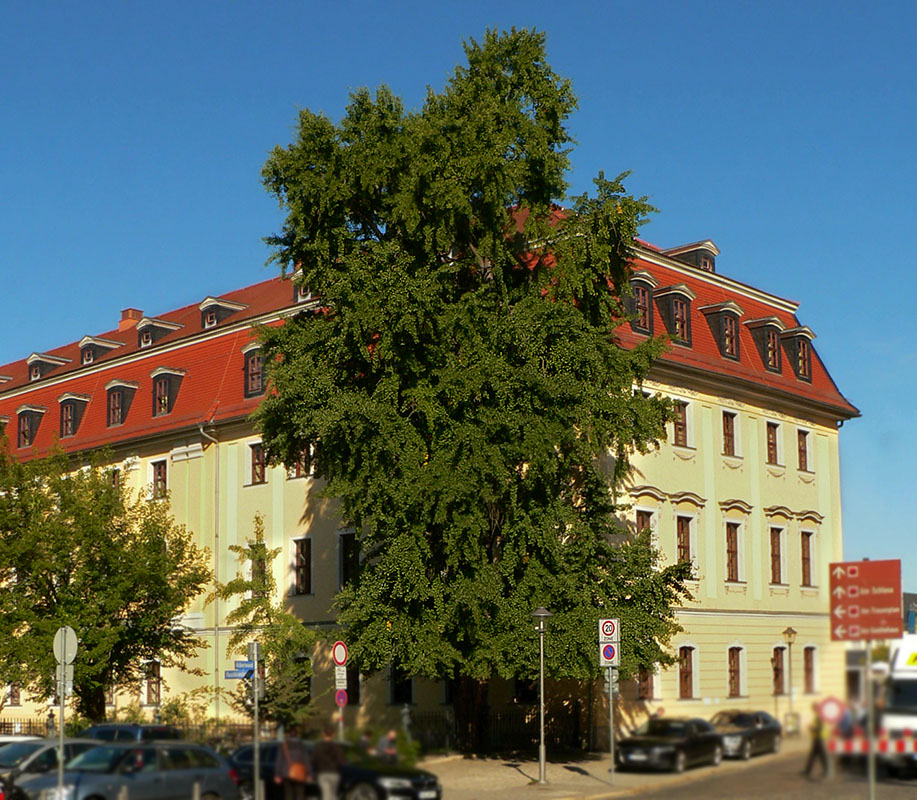
-
Goethe- & Schillerarchiv
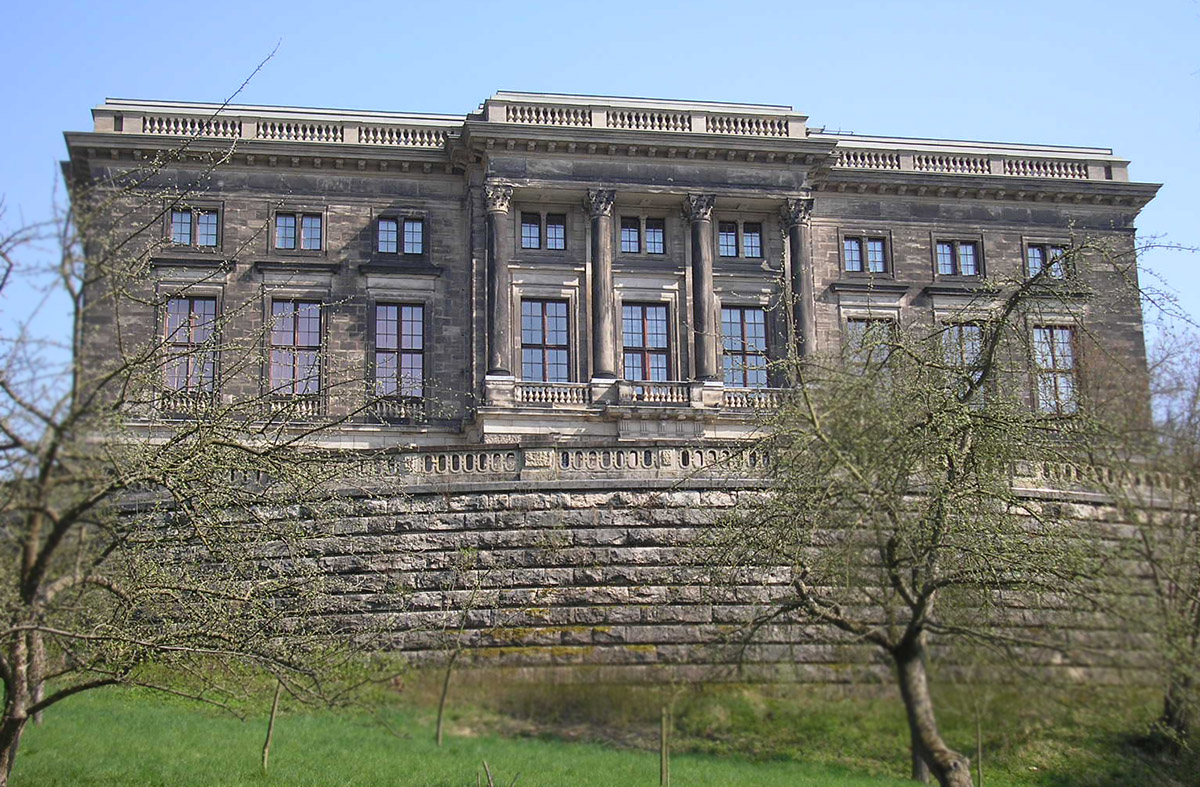
-
Goetheplatz mit Kasseturm & Stadtmauer

-
Goethes Wohnhaus
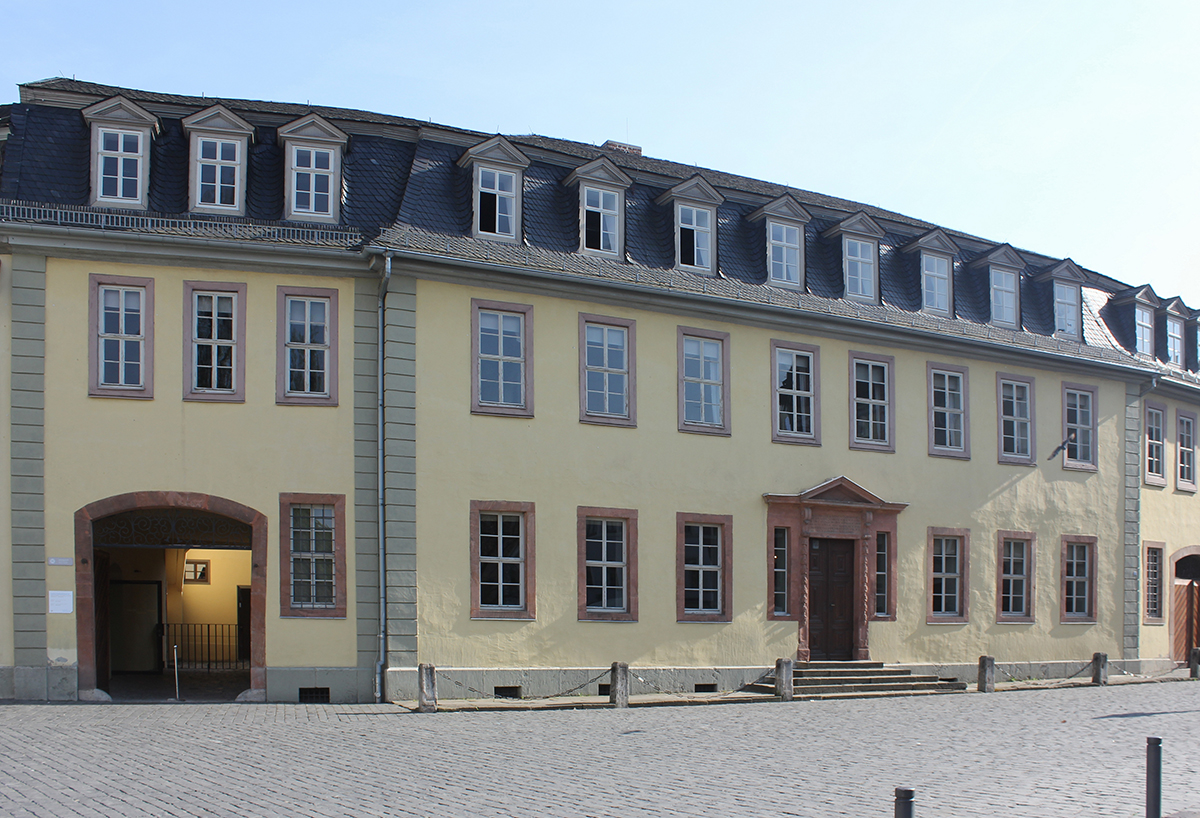
-
Haus am Horn
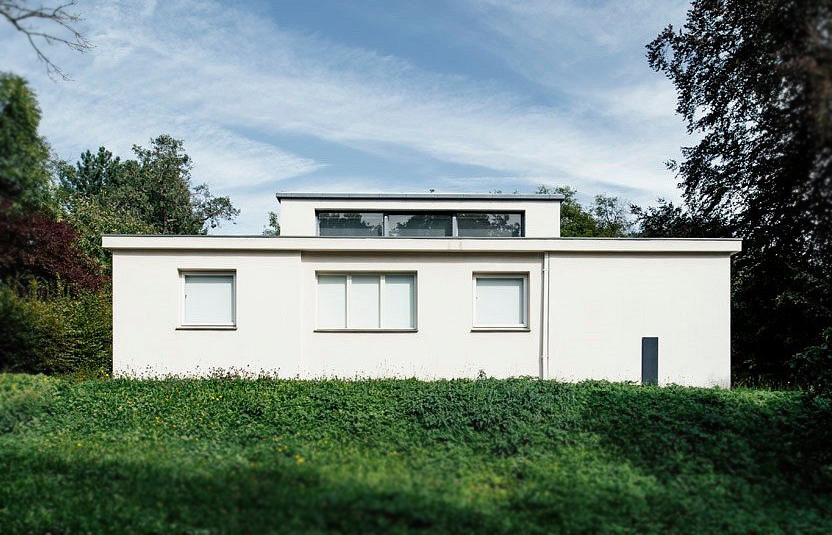
-
Haus der Charlotte von Stein
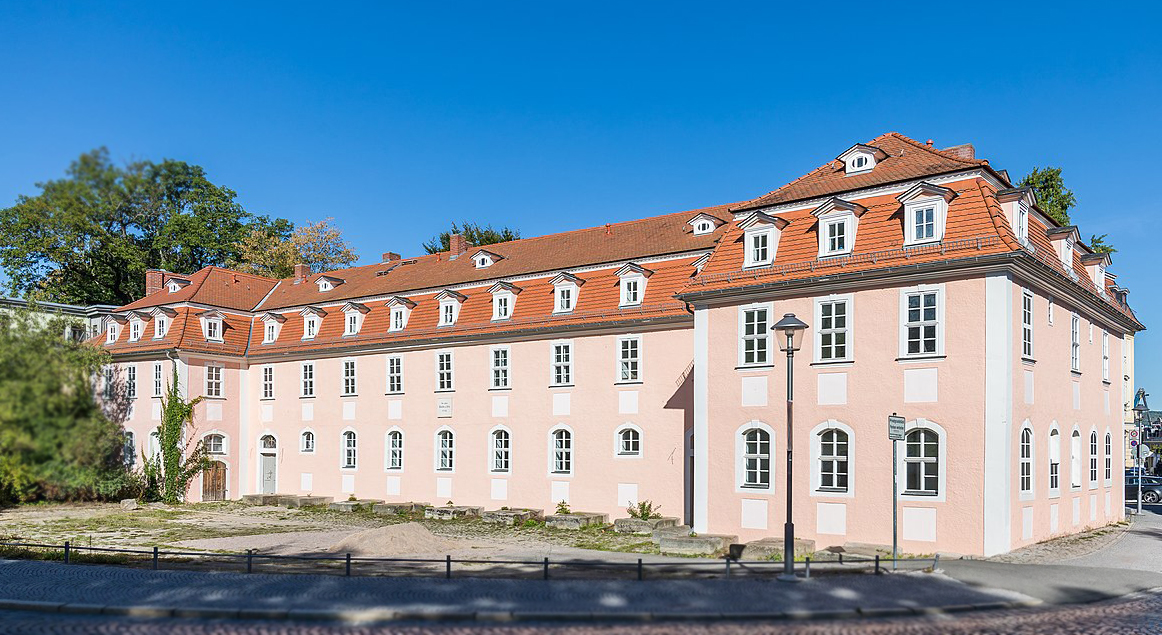
-
Herderplatz & Kirche St. Peter und Paul
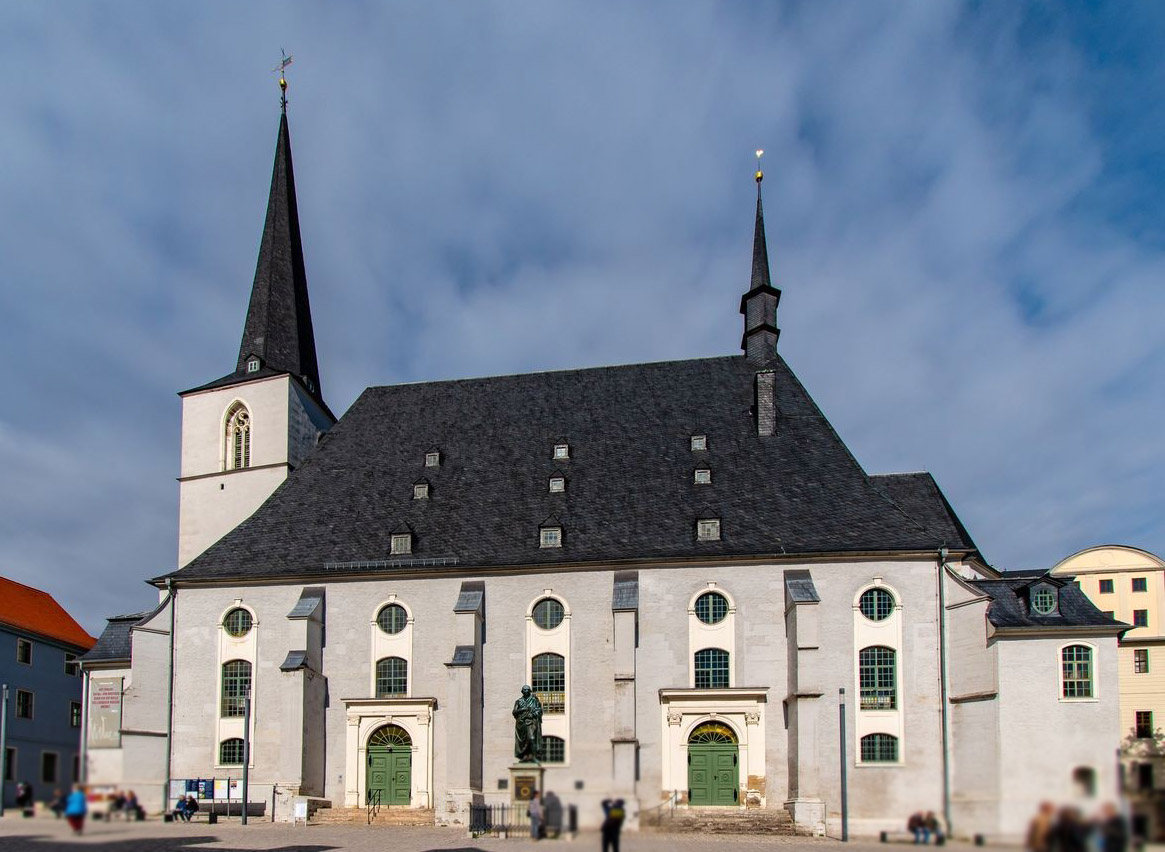
-
Herzogin Anna-Amalia-Bibliothek
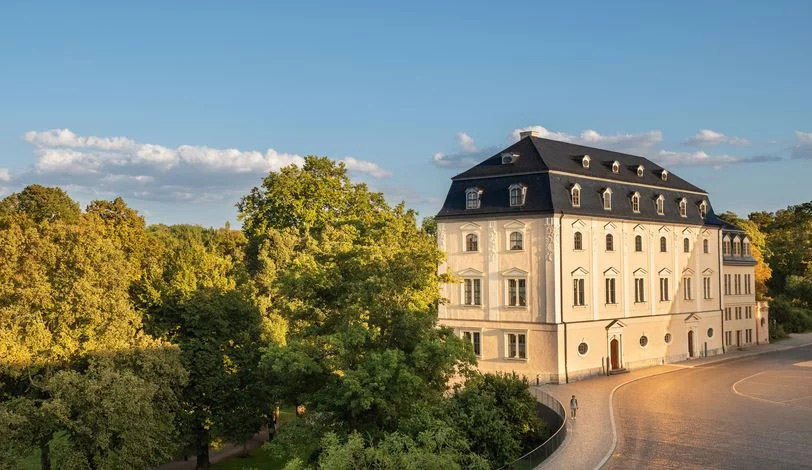
-
Historischer Friedhof
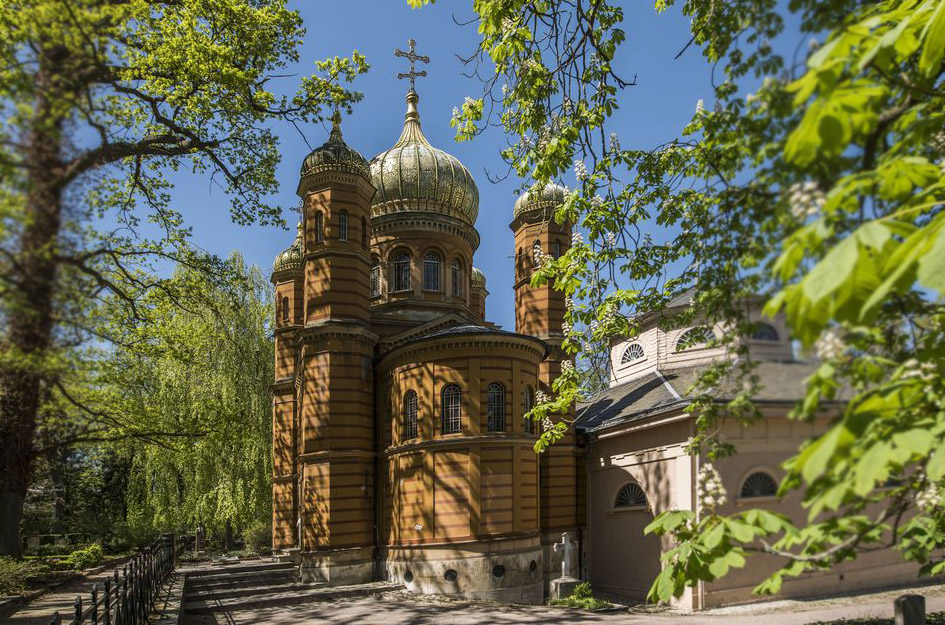
-
Hochschule für Musik Franz Liszt (Fürstenhaus)
-
J. G. Herder, Kirche St. Peter und Paul

-
J. S. Bach in Weimar & Bachtafel
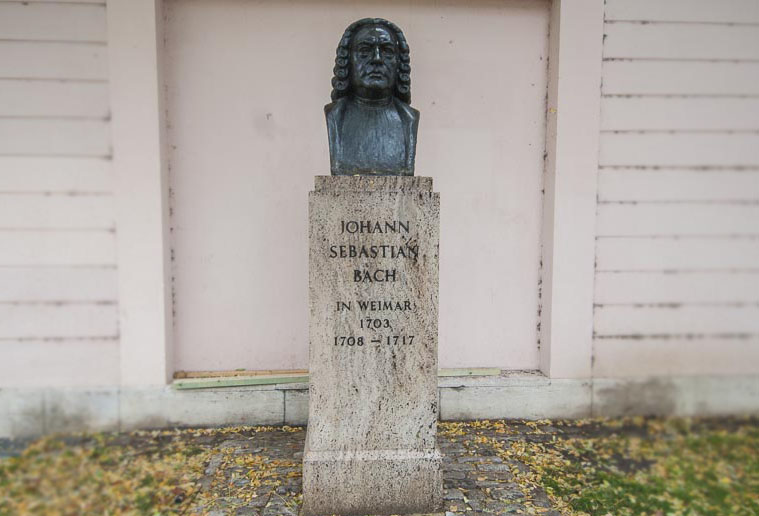
-
Katholische Kirche

-
Landesmuseum
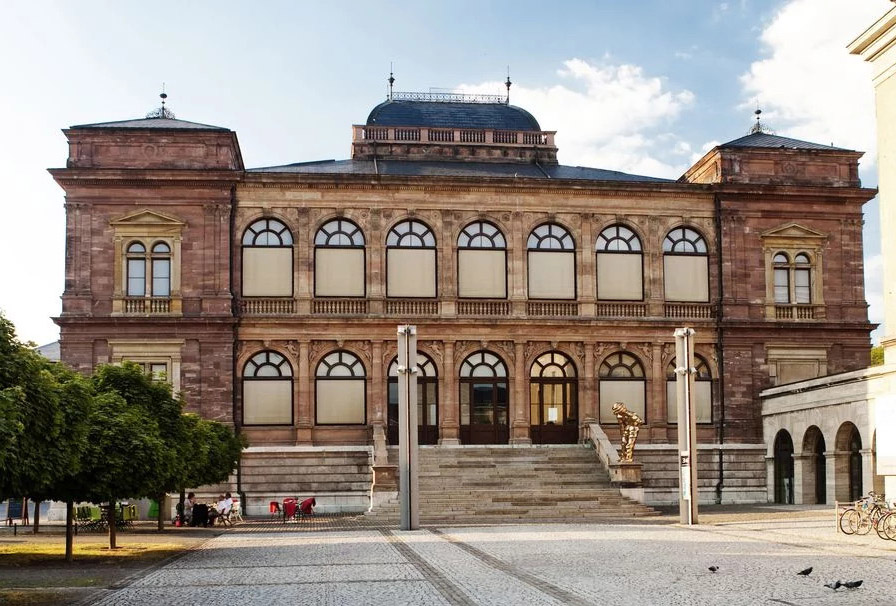
-
Liszthaus & Liszt in Weimar
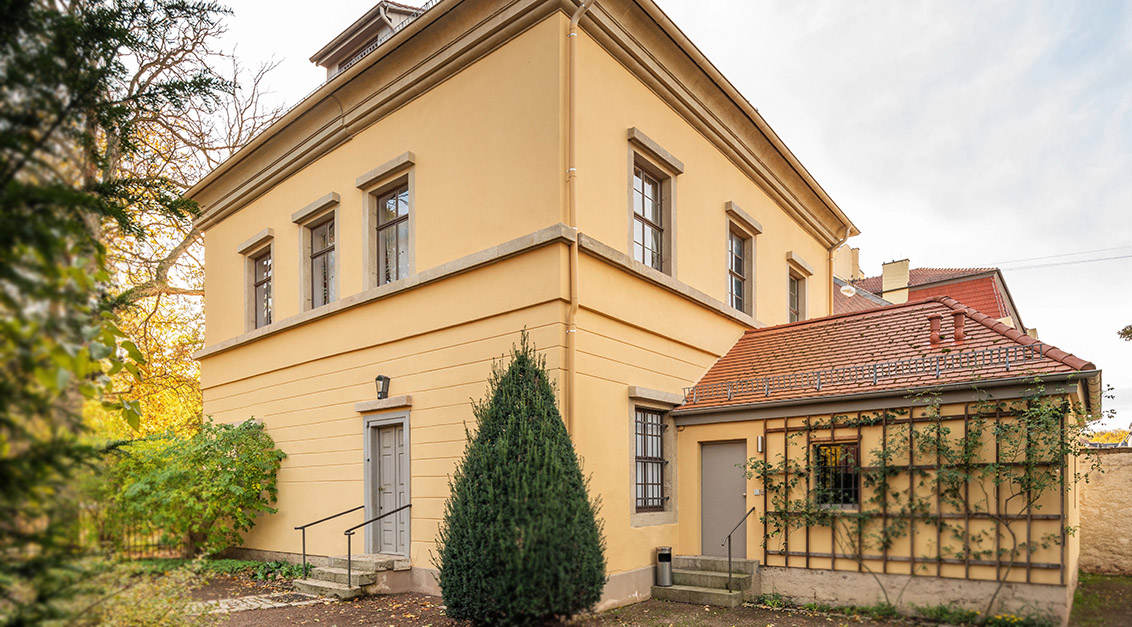
-
Markt
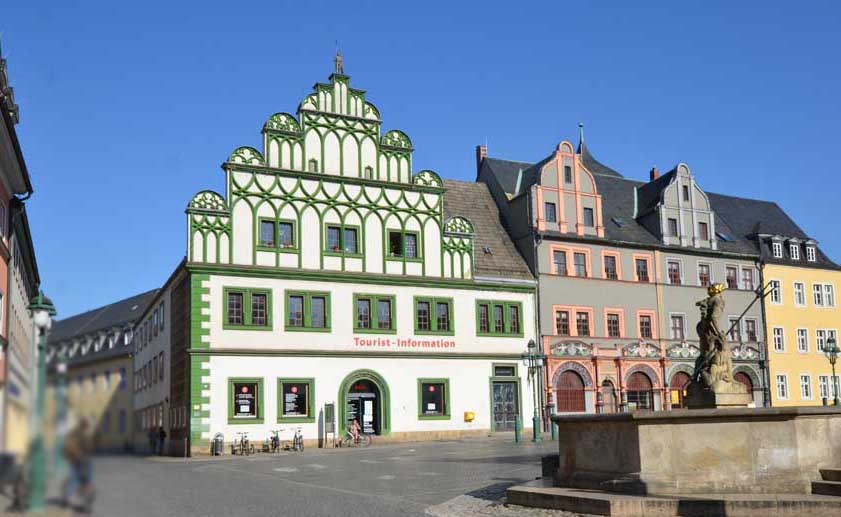
-
Marktplatz, J. S. Bach

-
Marktplatz, Rathaus, Cranachhaus
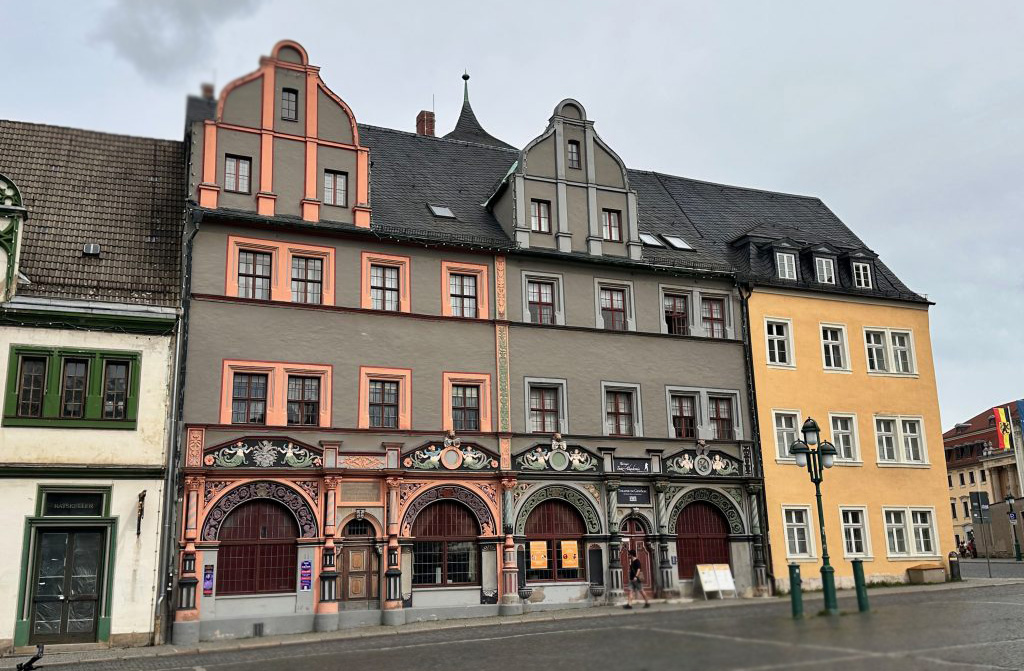
-
Marstall

-
Modernes Weimar: Neues Bauen am Horn
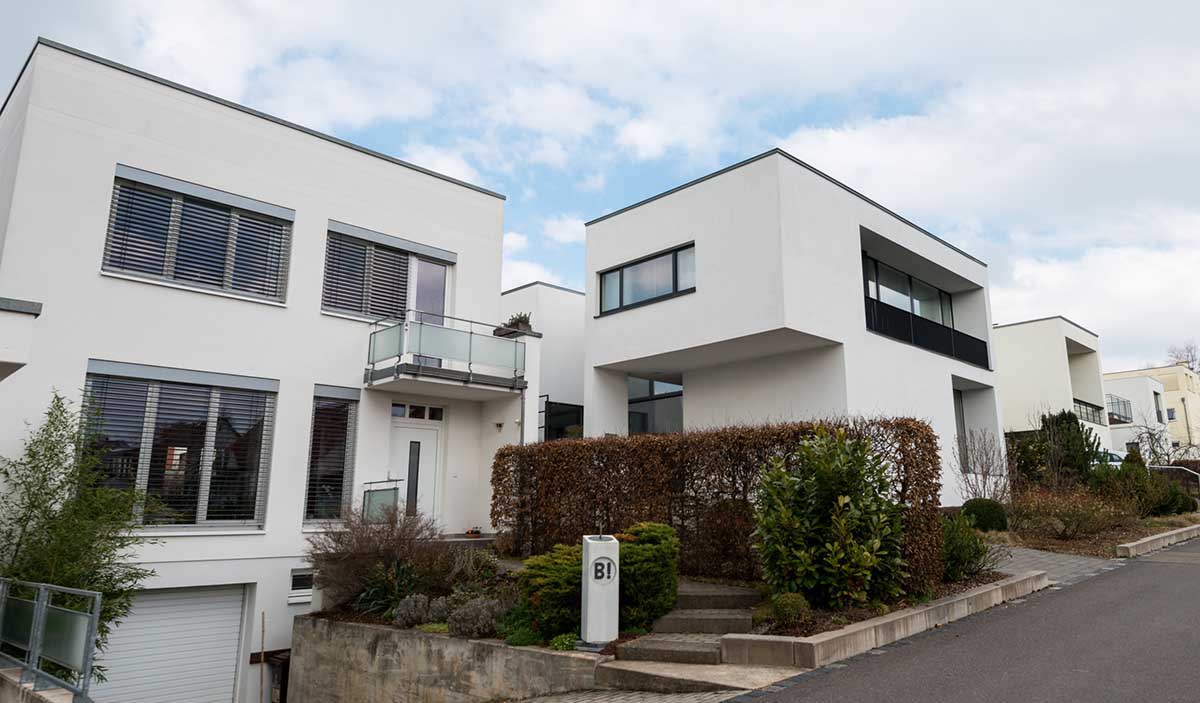
-
Neue Weimarhalle
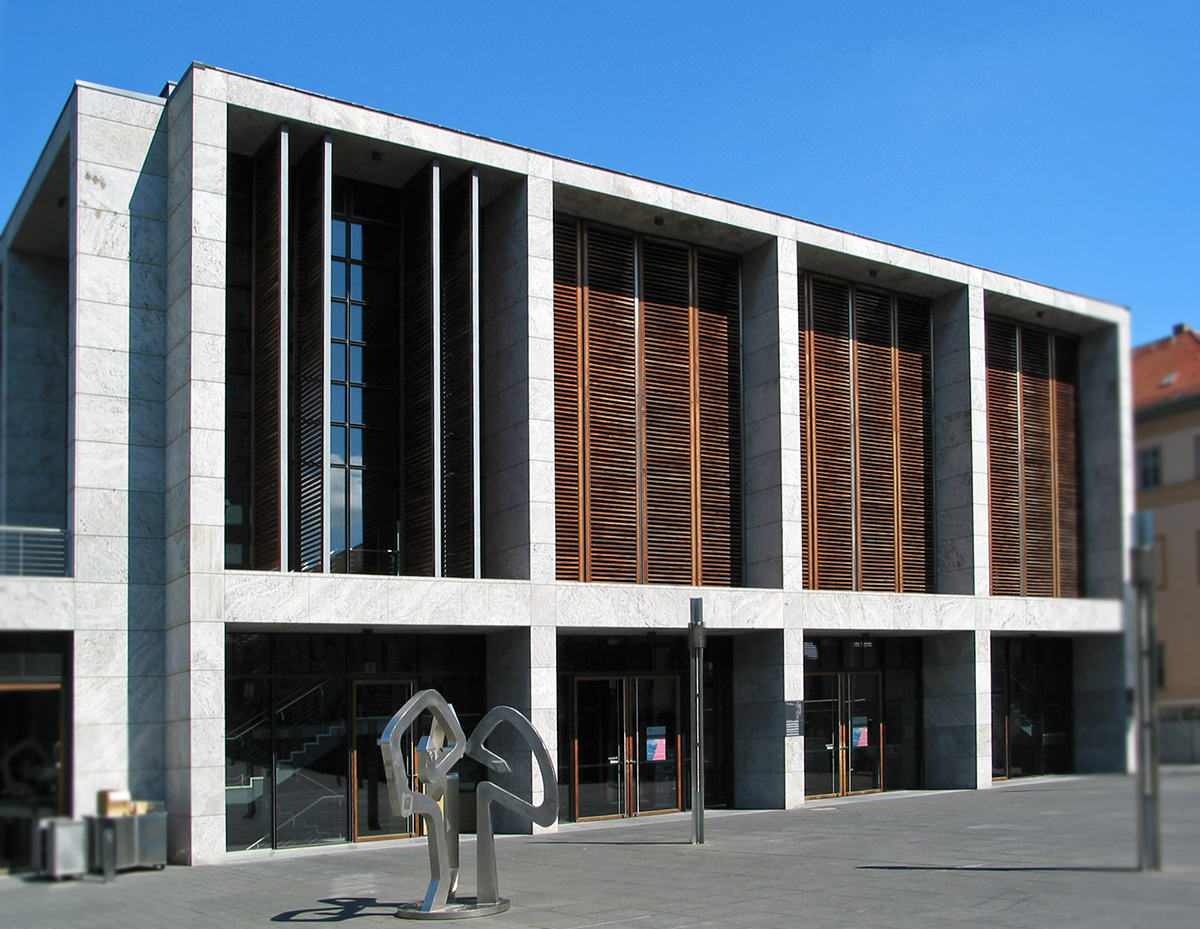
-
Neues Museum

-
Parkhöhle

-
Platz der Demokratie, Anna Amalia Bibliothek
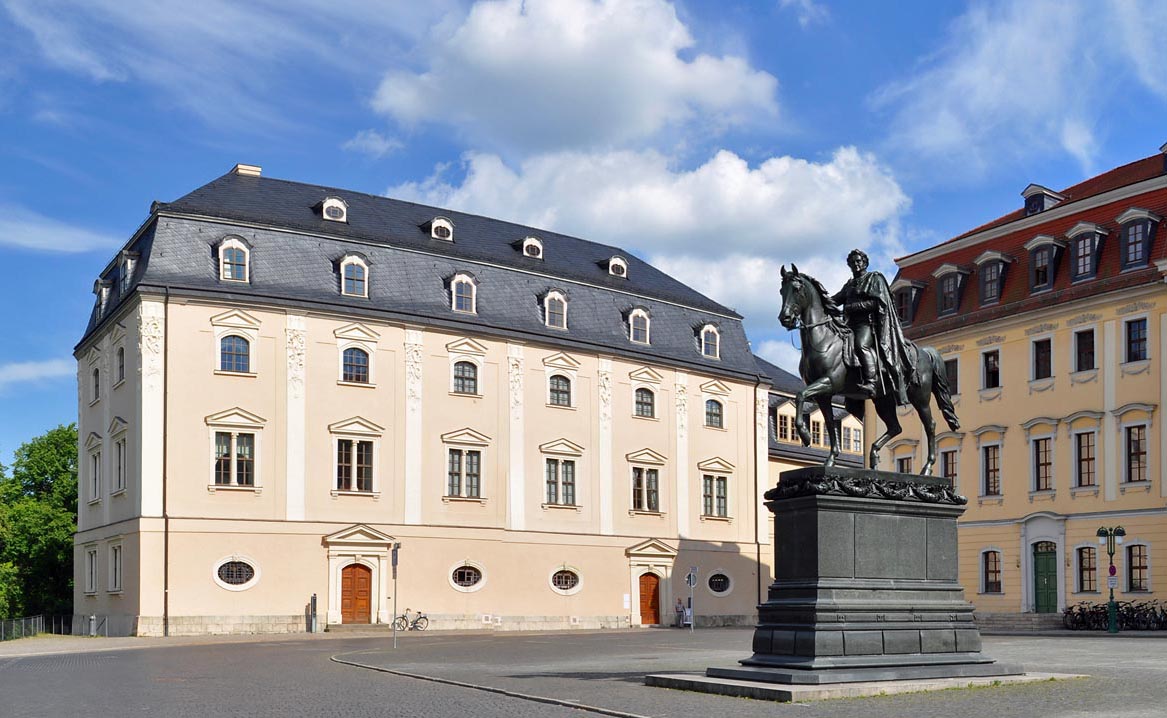
-
Rathaus
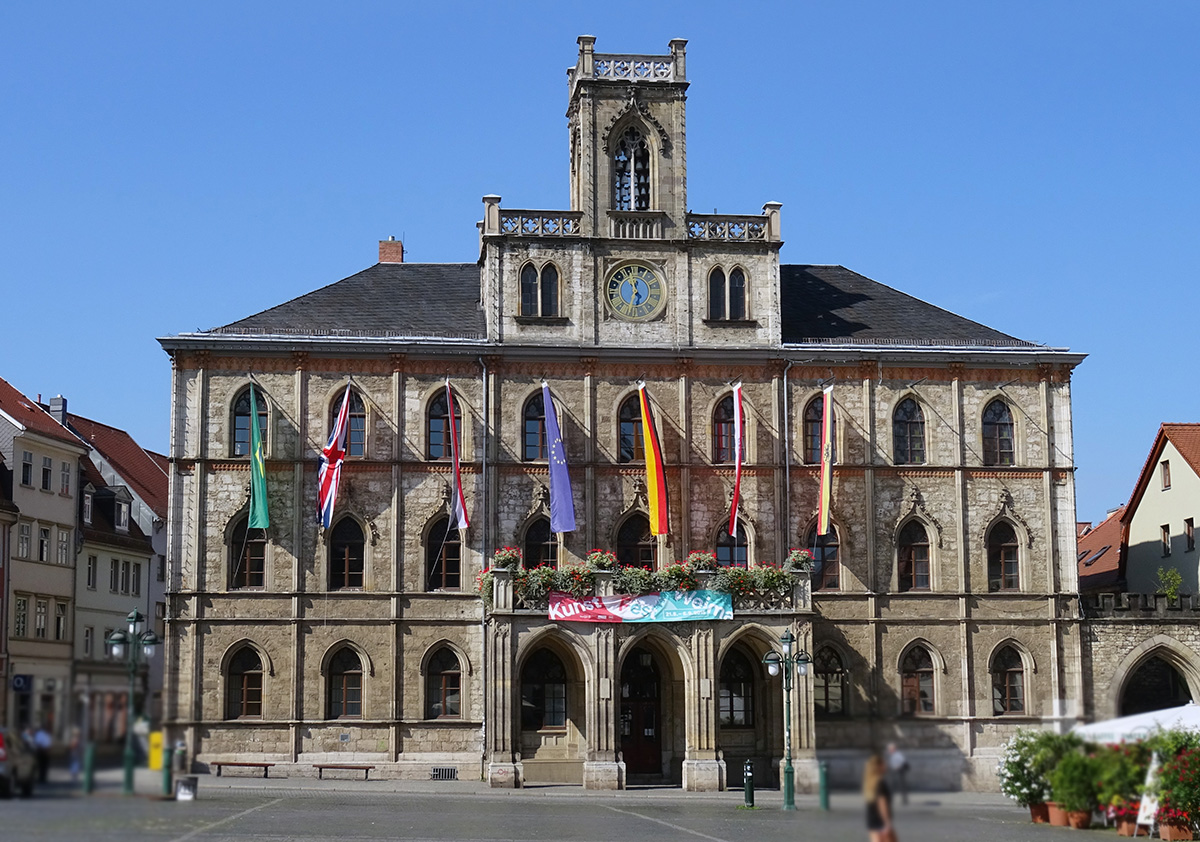
-
Reiterstandbild Carl August

-
Römisches Haus (Carl August)

-
Schloss Belvedere

-
Stadtmuseum
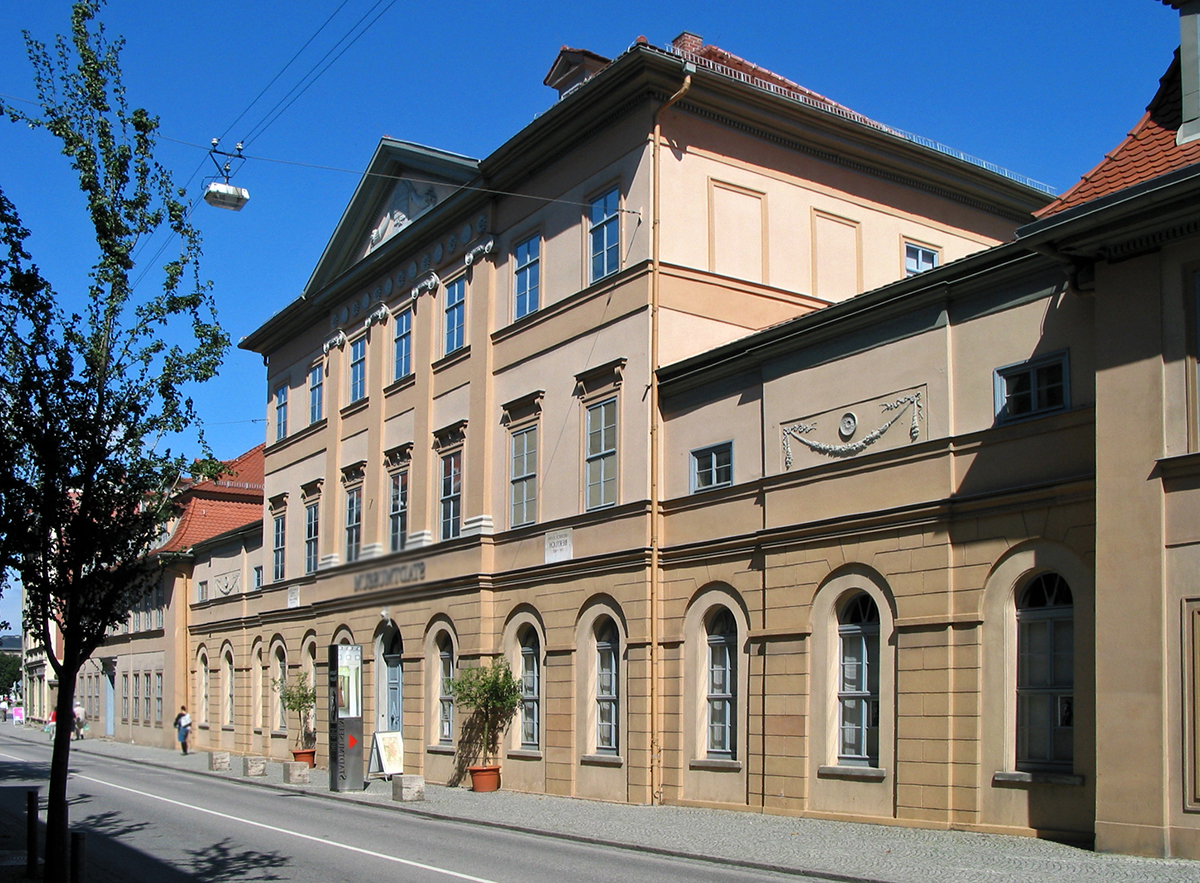
-
Stadtschloss
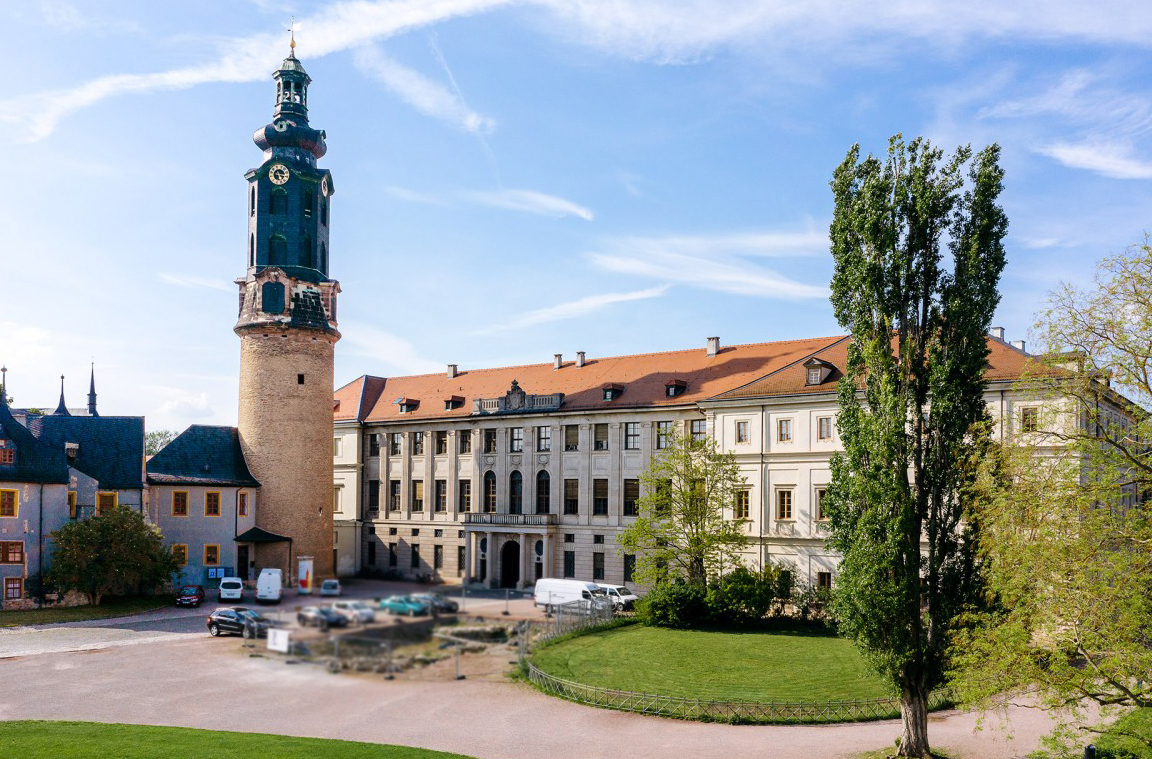
-
Standort Neues Bauhausmuseum

-
Villa Altenburg
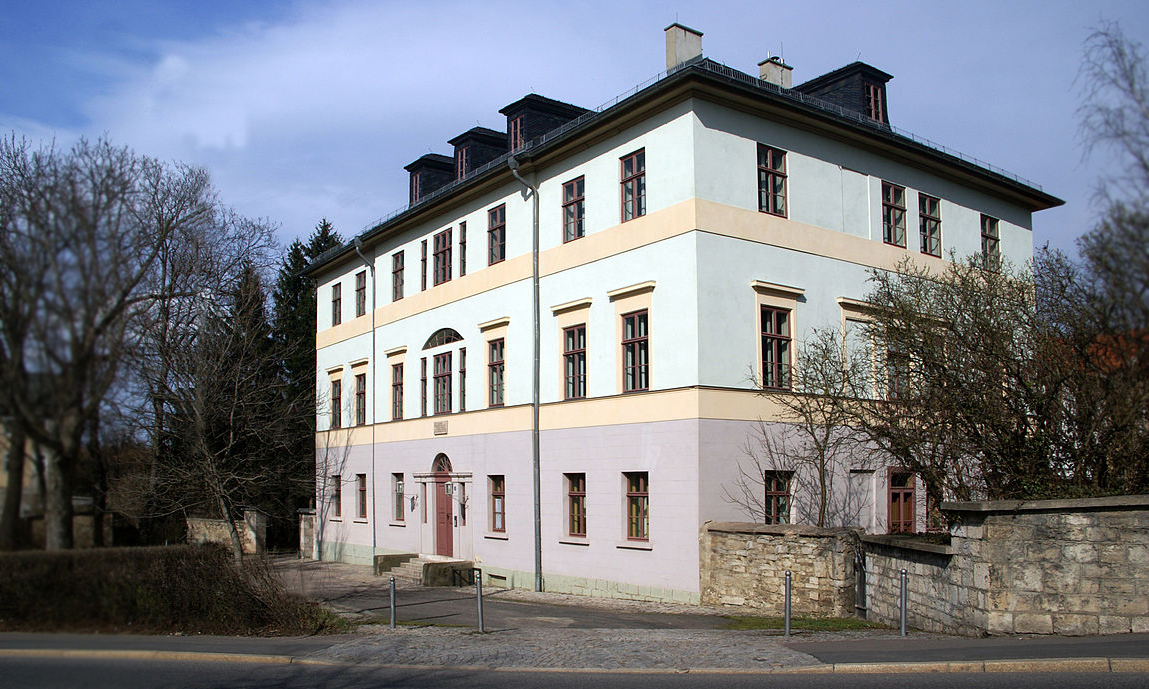
-
Welscher Garten
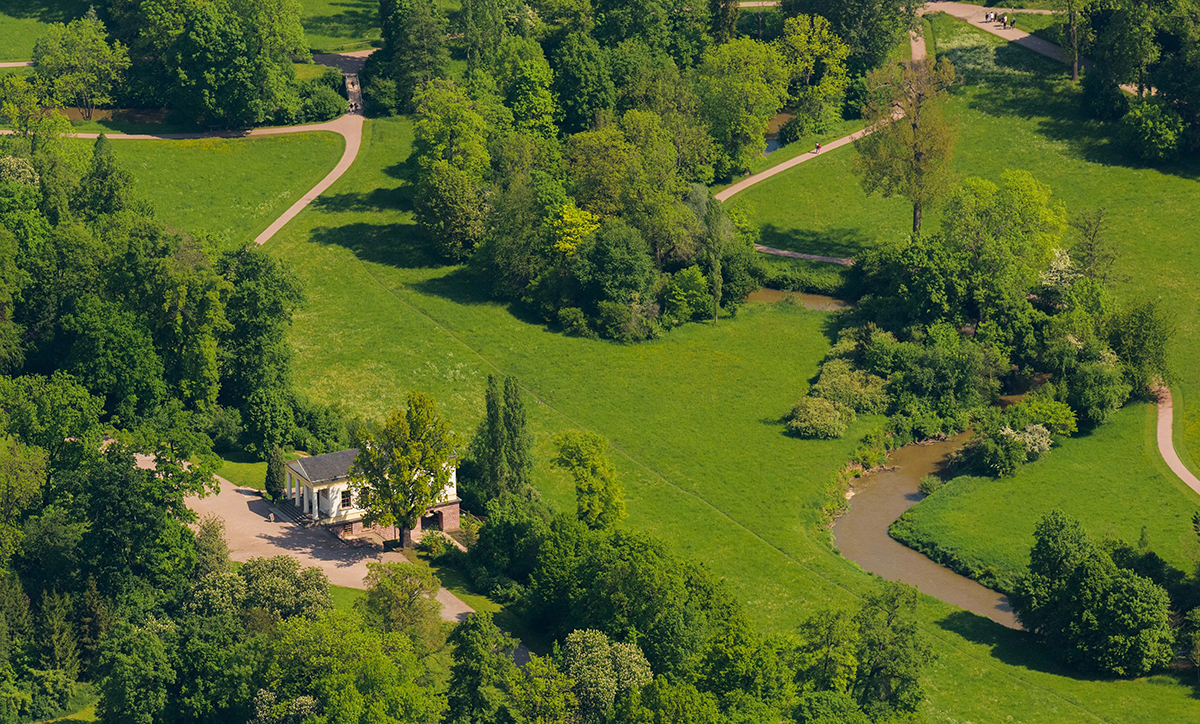
-
Wielanddenkmal
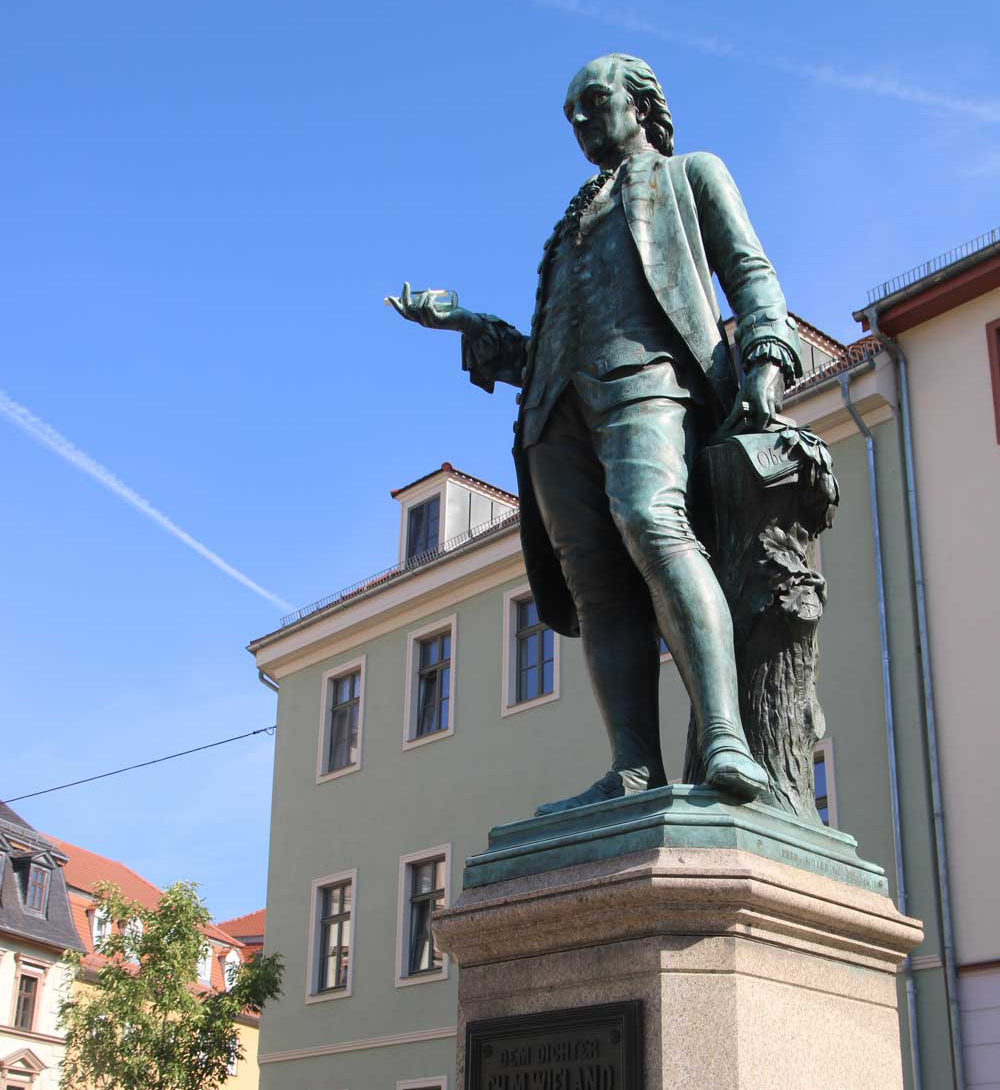
-
Wittumspalais
